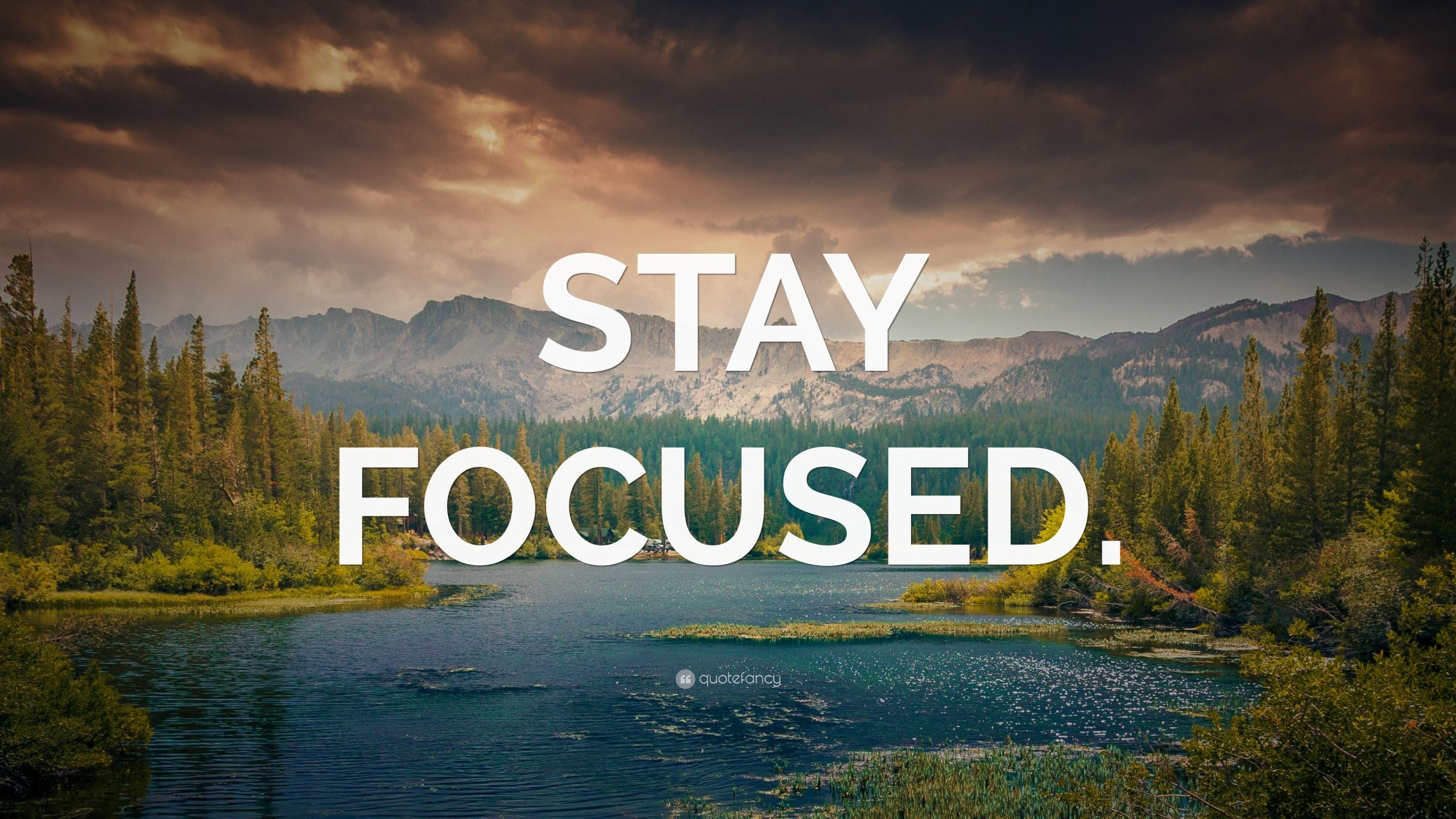
Spain, a land of passionate flamenco, sun-drenched beaches, and ancient history, beckons travelers with its vibrant culture and diverse landscapes. From the bustling metropolis of Barcelona to the serene beauty of Andalusia, this Iberian paradise offers an unforgettable experience for every type of adventurer. This comprehensive guide will equip you with everything you need to plan your perfect Spanish getaway, covering where to stay, what to see, practical travel tips, and much more.
A Tapestry of Regions: Where to Lay Your Head
Spain’s varied regions each offer a unique personality and charm, making the choice of where to stay crucial to your travel experience. Here’s a breakdown of some of the most popular areas:

Related Articles about Unveiling the Magic of Spain: Your Ultimate Travel Guide:
- Vietnam on a Shoestring: How to Find Cheap Flights and Explore its Rich Tapestry
- Jordan: A Journey Through Ancient Wonders and Desert Dreams
- Bula! Your Ultimate Guide to the Fijian Paradise
- Nepal: A Journey to the Roof of the World and Beyond
- Emerald Dreams and Bespoke Stays: Unveiling Ireland’s Best Hotels and Unforgettable Experiences
-
Barcelona & Catalonia: This region, with Barcelona as its vibrant capital, is a hub of art, architecture, and nightlife.
- Accommodation: You’ll find a wide range of options, from budget-friendly hostels in the Gothic Quarter to luxurious hotels along Passeig de Gràcia. Consider staying near Las Ramblas for easy access to attractions, or in the trendy El Born district for a more local feel.
- Attractions: Gaudi’s Sagrada Familia, Park Güell, Gothic Quarter, La Rambla, Barceloneta Beach, Camp Nou (FC Barcelona stadium).
- Best Time to Visit: Spring (April-May) and Fall (September-October) offer pleasant weather and fewer crowds.
-
Madrid & Castile-La Mancha: The heart of Spain, Madrid pulsates with energy, culture, and royal history.
- Accommodation: Choose from grand hotels near the Royal Palace, boutique accommodations in the literary quarter (Barrio de las Letras), or budget-friendly options near Puerta del Sol.
- Attractions: Prado Museum, Royal Palace, Retiro Park, Plaza Mayor, Gran Vía, Temple of Debod.
- Best Time to Visit: Spring and Fall for optimal weather and manageable crowds.
-
Andalusia: This southern region is a melting pot of Moorish and Spanish influences, known for its passionate culture, stunning architecture, and delicious cuisine.
- Accommodation: Explore charming boutique hotels in Seville, historic paradores (government-run hotels) in Granada, or beachside resorts along the Costa del Sol.
- Attractions: Alhambra (Granada), Alcázar of Seville, Mezquita-Cathedral of Córdoba, Giralda Tower (Seville), Ronda (cliffside town).
- Best Time to Visit: Spring and Fall offer pleasant temperatures and ideal conditions for exploring.
-
Valencia & the Costa Blanca: This Mediterranean region boasts beautiful beaches, vibrant festivals, and a relaxed atmosphere.
- Accommodation: Stay in Valencia city for cultural immersion, or head to the coastal towns of Alicante, Benidorm, or Denia for beach holidays.
- Attractions: City of Arts and Sciences (Valencia), Central Market (Valencia), Albufera Natural Park (Valencia), beaches along the Costa Blanca.
- Best Time to Visit: Spring and Fall for pleasant weather, or Summer for beach activities.
-
The Basque Country & Northern Spain: This region, characterized by its unique culture and rugged landscapes, offers a taste of authentic Spain.
- Accommodation: Explore stylish hotels in San Sebastián, charming guesthouses in Bilbao, or rural accommodations in the Pyrenees mountains.
- Attractions: Guggenheim Museum Bilbao, La Concha Beach (San Sebastián), San Juan de Gaztelugatxe, Picos de Europa National Park.
- Best Time to Visit: Summer offers the warmest temperatures, but Spring and Fall are also enjoyable.

Unveiling Spain’s Treasures: Top Attractions to Explore
Spain is a treasure trove of historical and cultural gems. Here’s a glimpse into some of its must-see attractions:
- The Sagrada Familia (Barcelona): Antoni Gaudí’s unfinished masterpiece is a breathtaking testament to architectural innovation. Explore its intricate facades and stunning interior.
- Park Güell (Barcelona): Another Gaudí creation, this whimsical park offers panoramic views of Barcelona and a unique blend of architecture and nature.
- The Alhambra (Granada): This UNESCO World Heritage site is a stunning Moorish palace and fortress, showcasing intricate tilework, courtyards, and gardens.
- The Alcázar of Seville: A magnificent royal palace showcasing a blend of Moorish and Christian architectural styles.
- The Mezquita-Cathedral of Córdoba: A unique religious building that was once a mosque, now a cathedral, showcasing a remarkable blend of architectural styles.
- The Prado Museum (Madrid): Home to an impressive collection of Spanish and European art, including masterpieces by Goya, Velázquez, and El Greco.
- Royal Palace of Madrid: The official residence of the Spanish Royal Family, this opulent palace is open to the public for tours.
- Guggenheim Museum Bilbao: A modern architectural marvel, housing a world-class collection of contemporary art.
- City of Arts and Sciences (Valencia): A futuristic complex designed by Santiago Calatrava, featuring an aquarium, science museum, and opera house.
- Ronda (Andalusia): A picturesque town perched dramatically on cliffs, offering stunning views and historic bridges.
A Journey Through Time: Spain’s Rich History
Spain’s history is as diverse and captivating as its landscapes. From Roman rule to the Moorish era and the age of exploration, Spain has been shaped by a multitude of cultures and empires.
- Roman Era: The Romans left a lasting legacy, including aqueducts, roads, and architectural remnants like the Roman Theatre of Mérida.
- Visigothic Kingdom: After the Roman Empire’s decline, the Visigoths established a kingdom in the Iberian Peninsula.
- Moorish Era: The Moors, primarily from North Africa, ruled much of Spain for centuries, leaving an indelible mark on art, architecture, and culture.
- Reconquista: The Christian kingdoms gradually pushed back the Moors, culminating in the Reconquista, which unified Spain under Christian rule.
- Age of Exploration: Spain became a global superpower, sponsoring voyages of discovery and establishing a vast empire in the Americas.
- Golden Age: Spain experienced a cultural and artistic renaissance, producing masterpieces in literature, painting, and architecture.
- 20th and 21st Centuries: Spain endured a civil war, a dictatorship, and a transition to democracy, becoming a modern European nation.
Essential Travel Tips for a Seamless Experience
To make your Spanish adventure even smoother, keep these tips in mind:
- Learn some basic Spanish: While English is spoken in tourist areas, knowing a few basic phrases will enhance your experience and allow you to connect with locals.
- Plan your itinerary in advance: Spain is a popular destination, so booking accommodations and transportation in advance, especially during peak season, is highly recommended.
- Pack appropriately: Spain’s climate varies greatly depending on the region and time of year. Pack accordingly, including layers, sunscreen, and comfortable walking shoes.
- Embrace the siesta: Many shops and businesses close for a few hours in the afternoon for the traditional siesta. Plan your activities accordingly.
- Enjoy the local cuisine: Spain is renowned for its delicious food. Try tapas, paella, jamón ibérico, and fresh seafood.
- Be aware of pickpockets: Exercise caution in crowded areas, especially in major cities. Keep your belongings secure.
- Use public transportation: Spain has an excellent public transportation system, including trains, buses, and metro systems, which are often the most convenient and cost-effective way to get around.
- Respect local customs: Be mindful of local customs, such as appropriate dress codes for religious sites and the practice of waiting to be seated in restaurants.
- Consider travel insurance: Protect yourself against unexpected events, such as medical emergencies or lost luggage, by purchasing travel insurance.
Accommodation Options: Finding Your Perfect Stay
Spain offers a diverse range of accommodation options to suit every budget and preference:
- Hotels: From budget-friendly hotels to luxurious five-star resorts, hotels are readily available in most cities and towns.
- Hostels: A great option for budget travelers, hostels offer dormitory-style rooms and private rooms, often with social spaces and communal kitchens.
- Apartments/Vacation Rentals: Ideal for longer stays or for those seeking more space and privacy, apartments and vacation rentals offer self-catering facilities.
- Paradores: Government-run hotels housed in historic buildings, such as castles, monasteries, and palaces, providing a unique and luxurious experience.
- Rural Guesthouses/Casas Rurales: Charming guesthouses and rural accommodations offer a more authentic experience, often located in picturesque countryside settings.
Navigating Spain: Transportation Options
Getting around Spain is relatively easy, thanks to a well-developed transportation network:
- Flights: Domestic flights are a convenient way to travel between major cities, such as Madrid, Barcelona, and Seville.
- Trains: The high-speed AVE train network connects major cities efficiently and comfortably. Regional trains offer connections to smaller towns.
- Buses: Buses are a cost-effective option for traveling between cities and towns, often serving routes not covered by trains.
- Car Rental: Renting a car gives you the freedom to explore at your own pace, especially in rural areas. However, be aware of traffic congestion in cities.
- Taxis & Ride-Sharing: Taxis and ride-sharing services are available in most cities.
The Best Time to Visit: Weather and Crowds
The best time to visit Spain depends on your priorities:
- Spring (April-May) & Fall (September-October): These shoulder seasons offer pleasant weather, fewer crowds, and are ideal for sightseeing and outdoor activities.
- Summer (June-August): This is peak season, with warm temperatures and long daylight hours, perfect for beach holidays and festivals. Be prepared for crowds and higher prices.
- Winter (November-March): This is the low season, with cooler temperatures, especially in the north. However, it’s a good time to visit for budget travelers and those seeking a quieter experience. Skiing is also possible in the Pyrenees and Sierra Nevada mountains.
In Conclusion: Your Spanish Adventure Awaits
Spain offers a tapestry of experiences, from its captivating history and stunning architecture to its passionate culture and diverse landscapes. By utilizing this comprehensive guide, you’re well-equipped to plan your perfect Spanish getaway. Embrace the local culture, savor the delicious cuisine, and prepare to be enchanted by the magic of Spain. Buen viaje!





